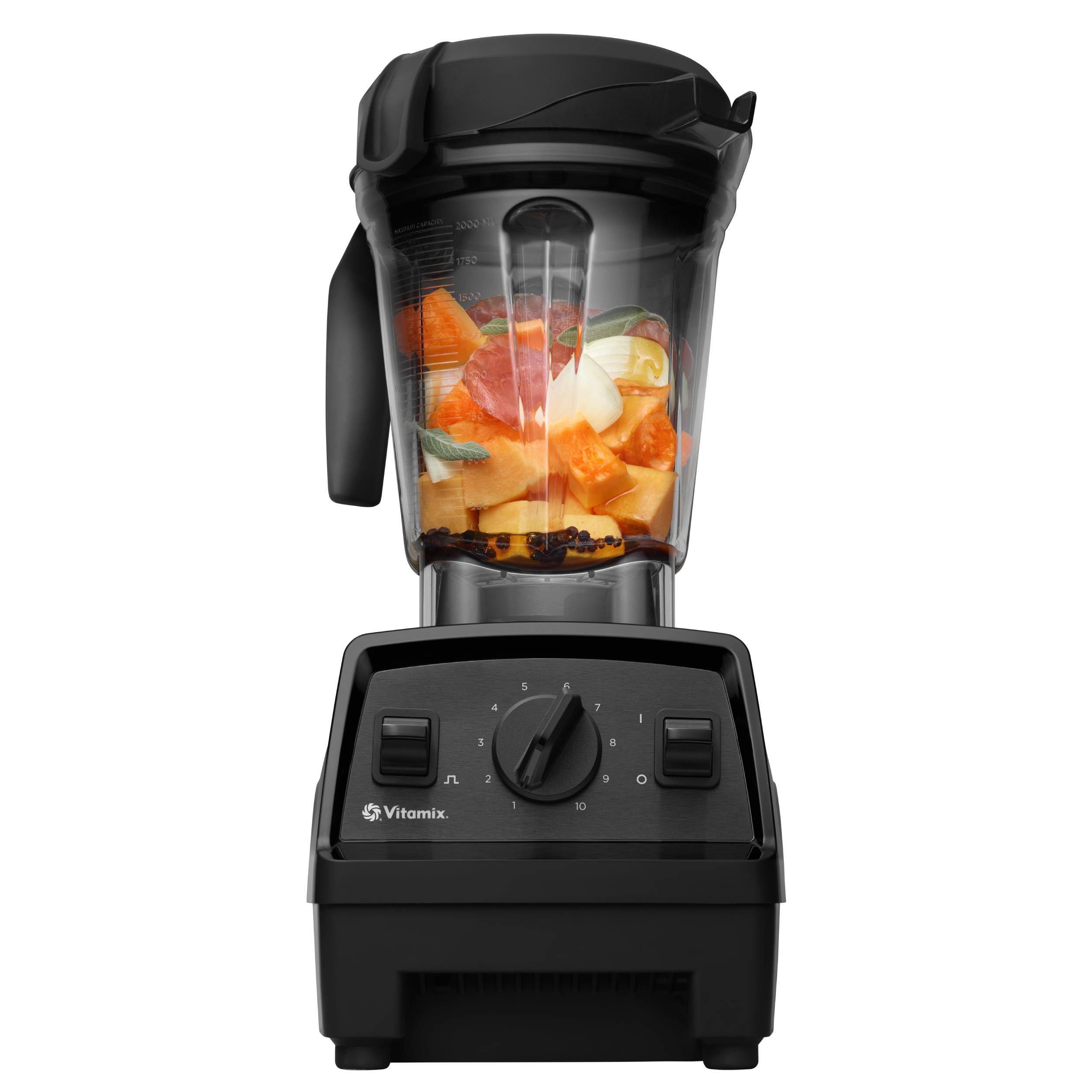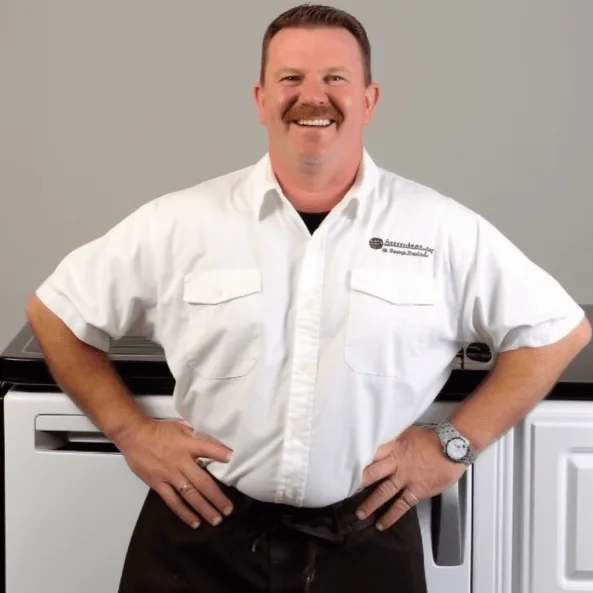Do you find yourself jumping out of the shower because the hot water runs out too quickly? You’re not alone. Many people face the frustration of a hot water heater that just can’t keep up, leaving you shivering in the middle of your routine.
Key Takeaways
- Understand Performance Factors: Recognizing the signs of insufficient hot water, including fluctuating temperatures and long wait times, is crucial for diagnosing issues with your heater.
- Check Tank Size: Ensure your hot water heater’s tank size matches your household’s needs to avoid running out of hot water during use.
- Address Sediment Buildup: Regular flushing of the tank can prevent sediment accumulation, improving heating efficiency and extending the life of your water heater.
- Inspect Thermostat and Heating Elements: Verify that thermostat settings are correct (120°F to 140°F) and check for any faulty heating elements that may need replacement.
- Consider Upgrading: If problems persist despite maintenance, explore upgrading to a tankless water heater or a larger, energy-efficient model to meet your hot water demands effectively.
Understanding Hot Water Heater Performance
Understanding how your hot water heater performs helps identify issues that lead to insufficient hot water. Recognizing signs and factors affecting temperature is essential for effective troubleshooting.
Common Signs of Inadequate Heating
- Intermittent Hot Water: You experience fluctuating temperatures during showers.
- Long Wait Time for Hot Water: It takes too long for hot water to reach your faucet.
- Rapid Cool Down: Hot water runs out quickly, leaving you with lukewarm or cold water.
- Strange Noises: You notice rumbling, popping, or hissing sounds coming from the heater, indicating sediment buildup.
- Tank Size: Smaller tanks provide less hot water. Ensure your tank meets your household’s usage needs.
- Sediment Buildup: Sediment can accumulate over time, insulating the heating element and reducing efficiency. Flushing the tank yearly can prevent this.
- Thermostat Setting: Incorrect thermostat settings can lead to insufficient heating. Adjust the thermostat to 120°F for optimal performance.
- Heating Element Failure: In electric heaters, a burned-out heating element can cause inadequate heating. Testing and replacing it may be necessary.
- Cold Inlet Temperature: Cold water entering the heater can lower the overall temperature. Insulating pipes helps maintain higher temperatures.
Identifying these signs and factors helps you understand why your hot water heater might not stay hot long enough, allowing for targeted solutions.





Troubleshooting Your Hot Water Heater
If your hot water heater doesn’t provide consistent hot water, troubleshooting can help identify and resolve the issue. Here are some steps to take.
Checking the Thermostat Settings
Check the thermostat settings on your hot water heater. The recommended temperature is usually set between 120°F and 140°F. If the temperature is lower, you won’t get enough hot water. Adjust the thermostat as needed and wait a few hours to see if there’s an improvement.
Monitor water temperature while using hot water. If it fluctuates frequently, the thermostat might malfunction or be improperly set. Ensure it’s functioning correctly to maintain consistent heat.
Inspecting the Heating Elements
Inspect the heating elements if you own an electric hot water heater. These components heat water in the tank and can fail over time. Use a multimeter to test each element for continuity. If there’s no continuity, replacement might be necessary.
Additionally, check the positioning of the elements. They should be located near the bottom and top of the tank for optimal heating. If both elements work correctly but you still experience issues, sediment buildup could be the cause.





Regularly flush your hot water tank to remove sediment. This process can improve efficiency and extend the life of your water heater.
Potential Causes of Insufficient Hot Water
Several factors can contribute to your hot water heater not delivering consistent hot water. Identifying these causes can help you take effective action.
Sediment Buildup in the Tank
Sediment buildup often occurs in water heaters, especially if you have hard water. Over time, minerals like calcium and magnesium settle at the bottom of the tank. This layer of sediment acts as an insulator, making it harder for the heating elements to warm the water efficiently. If left unaddressed, it can lead to decreased hot water supply and increased energy bills.
How to Address Sediment Buildup:
- Flush the Tank: Regularly flush your tank to remove sediment. Aim for every six months to a year.
- Turn Off Power or Water Supply: Before flushing, turn off the heater’s power (for electric heaters) or shut off the water supply (for gas heaters).
- Attach a Hose to Drain Valve: Connect a hose to the drain valve at the bottom of the tank.
- Open the Valve: Open the drain valve to let the water and sediment flow out. Be cautious, as the water may be hot.
- Refill the Tank: Once the tank is clear, close the valve, detach the hose, and refill your tank.
Faulty Thermostats or Heating Elements
Faulty thermostats or heating elements lead to inconsistent heating. If the thermostat is not calibrated correctly, it may not activate the heating elements when necessary. Similarly, if a heating element is damaged or burnt out, it won’t heat the water effectively.
- Check the Thermostat Setting: Ensure the thermostat is set between 120°F and 140°F. Adjust if necessary.
- Test the Thermostat: Use a multimeter to check if the thermostat is functioning. If it doesn’t read correctly, replace it.
- Inspect Heating Elements: For electric heaters, turn off the power and access the heating elements. Test them for continuity using a multimeter.
- Replace Components: If any heating element is faulty, remove it and install a new one. Follow model-specific instructions for the best results.
By addressing sediment buildup and checking your thermostat or heating elements, you can improve your hot water heater’s performance. These steps often restore consistent hot water flow and enhance overall efficiency.





Solutions to Improve Hot Water Retention
Improving hot water retention in your heater ensures a more comfortable experience during showers and other activities. Consider these effective solutions.
Flushing the Water Heater
Flushing your water heater regularly enhances its efficiency and extends its lifespan. Sediment accumulation may reduce heating efficiency, leading to quicker cool-down times. Here’s how to flush your water heater:
- Turn Off the Power: For electric heaters, switch off the circuit breaker. For gas heaters, set the thermostat to the “pilot” setting.
- Connect a Hose: Attach a garden hose to the drain valve at the bottom of the tank.
- Drain the Tank: Place the hose in a bucket or outside. Open the drain valve and let the water flow out until it runs clear. This usually takes about 10-15 minutes.
- Refill the Tank: Close the drain valve, remove the hose, and open the cold water supply valve to refill the tank. Once full, turn the power back on.
Flushing the tank every six months helps keep sediment from building up.
Upgrading Your Hot Water System
If you’ve tried flushing and issues persist, consider upgrading your hot water system. A new water heater can significantly improve performance. Here are options to explore:
- Tankless Water Heaters: These provide hot water on demand, eliminating the risk of running out. They also take up less space.
- Higher Capacity Tanks: If your current heater can’t keep up with demand, a larger tank may be necessary. Evaluate your household’s hot water usage to determine the right size.
- Energy-Efficient Models: Look for heaters with a high Energy Factor (EF) rating. These models heat water more effectively and can save you money on utility bills over time.
Select a hot water system that meets your needs, and consult with a licensed plumber for installation.
Conclusion
Dealing with a hot water heater that doesn’t stay hot long enough can be frustrating. By understanding the signs and potential causes you can take proactive steps to troubleshoot and improve your system’s performance. Regular maintenance like flushing the tank can make a big difference.
If you’ve tried these solutions and your hot water issues persist it might be time to consider an upgrade. Whether it’s a tankless model or a larger tank you deserve reliable hot water when you need it. Remember that a little attention now can save you from bigger headaches later. Enjoy those long, warm showers again!
Frequently Asked Questions
What causes hot water to run out quickly during showers?
Hot water running out quickly is often caused by insufficient heating from the water heater. Common issues include sediment buildup, thermostat settings being too low, or a malfunctioning heating element. These factors can lead to inadequate performance and fluctuating water temperatures during use.
How can I tell if my hot water heater is underperforming?
Signs of an underperforming hot water heater include inconsistent water temperatures, long wait times for hot water, rapid cooling of water during showers, and unusual noises from the heater. If you notice these symptoms, it may be time to troubleshoot or inspect your system.
What should I check first if I have a hot water issue?
Start by checking the thermostat settings on your water heater. Ideally, they should be set between 120°F and 140°F. Next, monitor the water temperature for fluctuations, which might indicate a problem with the thermostat or heating elements.
How does sediment buildup affect hot water performance?
Sediment buildup can insulate heating elements, reducing their efficiency and leading to slower heating. In areas with hard water, minerals can accumulate in the tank. Regularly flushing the tank every six months to a year can help prevent this issue and maintain performance.
When should I consider upgrading my hot water system?
If you consistently experience hot water shortages despite troubleshooting and maintenance, it may be time to upgrade. Options like tankless water heaters, larger capacity tanks, or energy-efficient models can provide better performance and may meet your household’s hot water needs more effectively.

Hey, I’m Jake. I focus on cooling systems at Appliance Mastery, like fridges, freezers, and air conditioners.
I’ve worked in appliance repair for more than ten years and I’m certified through NASTeC. I’ve seen just about every fridge issue you can imagine.
My goal is to help you fix problems without stress. Whether it’s a freezer that won’t cool or an AC that keeps beeping, I’m here to walk you through it.
